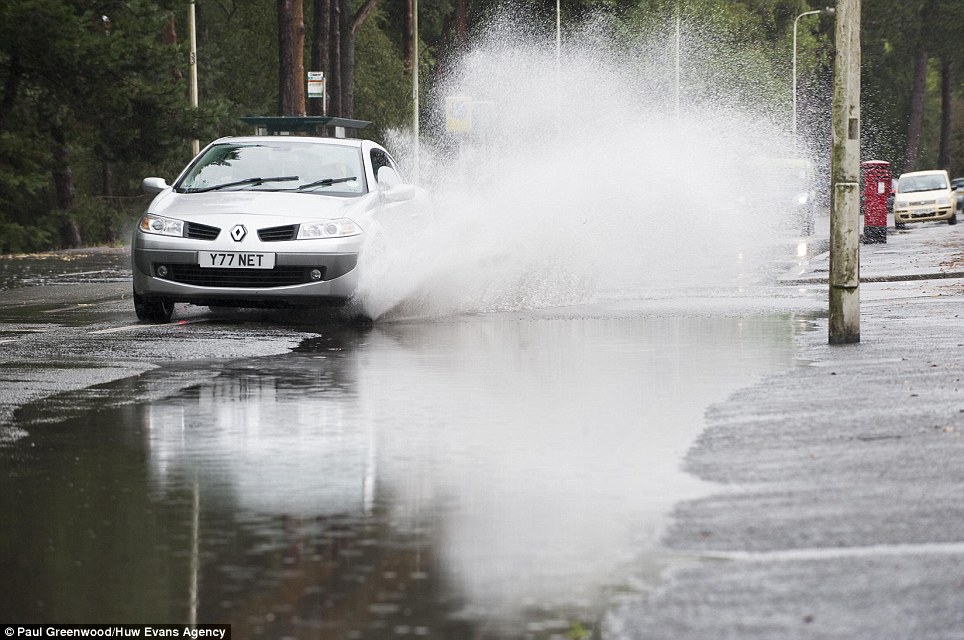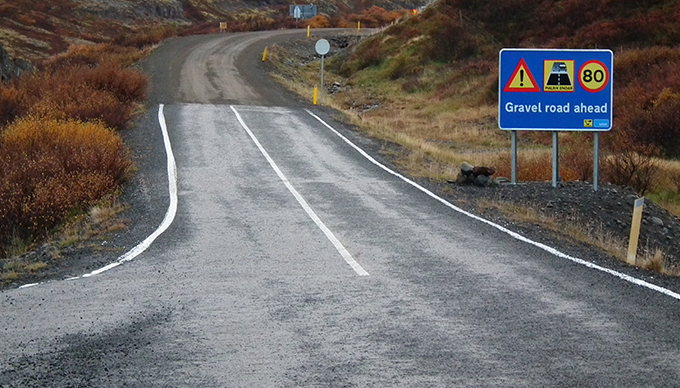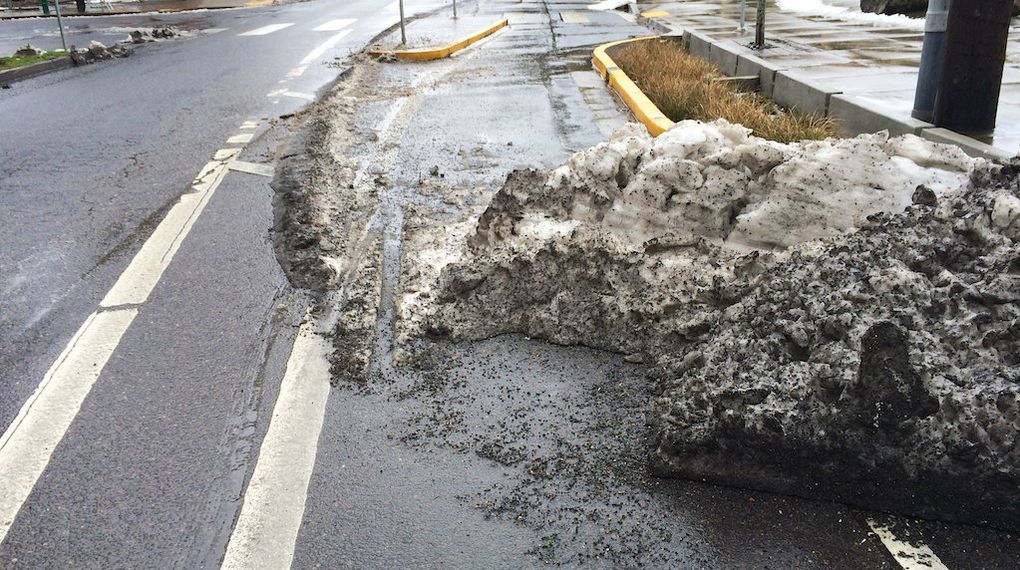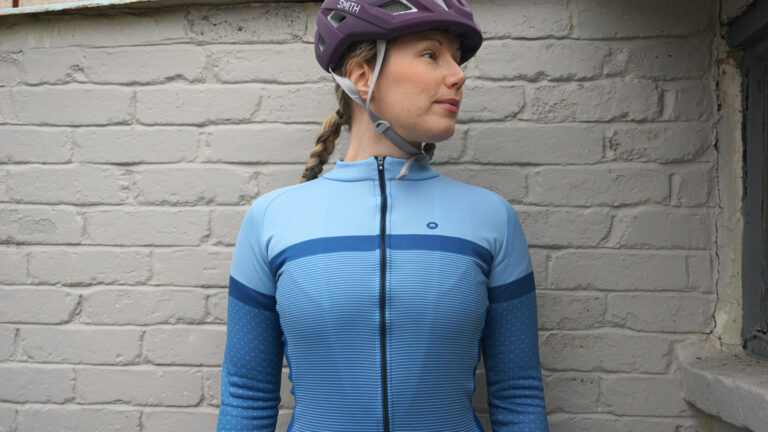Cycling on winter roads can present some challenges. It’s not always the easiest time – but of course, the benefits of keeping up your normal riding habits far outweigh the minor inconveniences along the way.
Keep riding throughout winter, and come spring you’ll be able to enjoy the dawn of summer even more as you won’t have to struggle back to fitness. You’ll also get more natural vitamin D than those who stay inside, and get to enjoy the quiet frosty sunrises that far too many miss out on.
The number one way to make winter cycling more enjoyable is by investing in a good kit. The right materials will allow your skin to breathe, whilst still keeping you warm. In fact, we’d even be tempted to suggest that you’re better off spending your money on new tyres and a quality jacket that a new bike at this time of year – you’re more likely to get the miles in, anyway.
Knowing how to negotiate the roads in winter will always help as well. Here are our top tips…
Winter Roads: Dealing with Wet Roads and Puddles
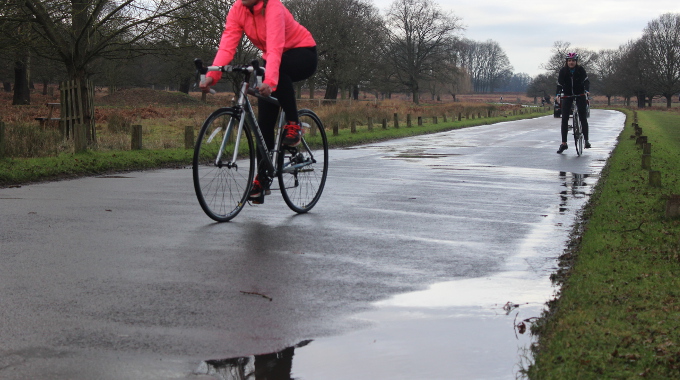
Winter generally means more rain – which means wet roads. However, once you get out in the rain it’s usually not as bad as you expected! Just remember these tips:
- Wet roads are more slippery. You can counter this by opting for tyres with more grip – winter bike shoes will have a water shedding tread pattern, or will be made from a more grippy compound. Wider tyres – such as 25c (or 28c if they’re compatible with your bike) – provide a wider surface area, as does pumping them to a lower pressure.
- Mudguards are your friends. If your bike is compatible, you can opt for full mudguards, or slip an ‘ass saver’ onto the saddle rails. This will keep your bum dry, and prevent grit and grime from being thrown up into your drivetrain.
- Visibility is reduced in the rain – so opt for lights, and ideally, bright clothing, to mark you out on the road.
- Braking speeds will be affected by the wet weather (particularly if you have traditional rim brakes). Cater for this by adjusting your speed accordingly, to give yourself more time to brake when you need to.
- Beware of puddles! Sometimes you’ve got no choice but to ride through one – as per the video below where the road to one of my favourite routes for flooded. But a lot of accidents occur when cyclists ride through a puddle and fall into a pothole beneath the surface – so go slow, hold the bars steady – and do not take your feet off the pedals!

